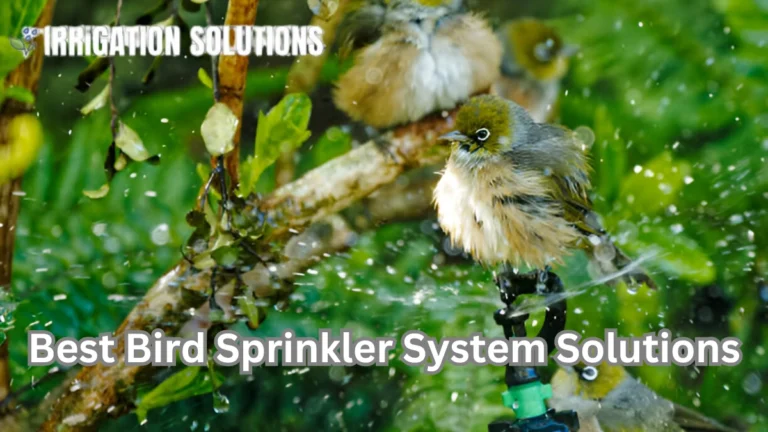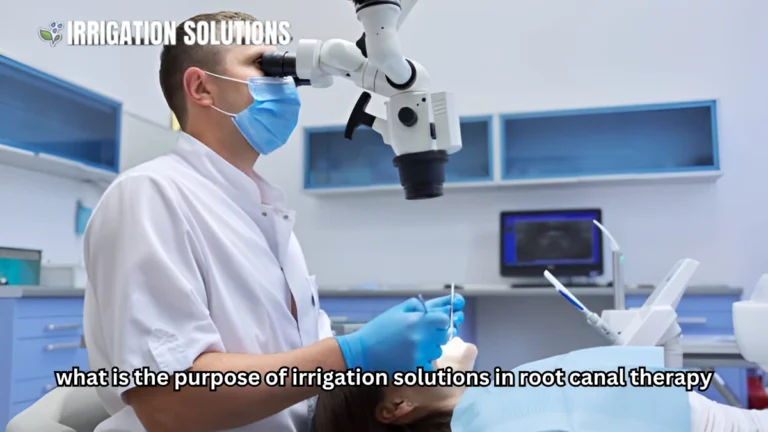best water irrigation system farm

A water irrigation system is a structured method of supplying water to plants, crops, or landscapes in a controlled manner. It enhances agricultural productivity, conserves water, and ensures optimal growth conditions. With increasing concerns about water scarcity, efficient irrigation methods are essential for sustainable farming and landscaping.
Importance of Water Irrigation Systems
An effective irrigation system helps in:
- Boosting Crop Yields: Ensures plants receive adequate moisture, promoting growth.
- Water Conservation: Prevents wastage and optimizes resource use.
- Reducing Labor Costs: Automated systems reduce manual intervention.
- Improving Soil Quality: Prevents overwatering, which can lead to soil erosion.
Types of Water Irrigation Systems
Different irrigation methods suit various landscapes, crops, and water availability. Below are the most common types:
Surface Irrigation
Surface irrigation involves distributing water across the soil using gravity. It is one of the oldest and simplest methods.
Benefits
- Low investment cost
- Minimal energy requirements
- Suitable for large scale farming
Drawbacks
- High water wastage due to evaporation and runoff
- Uneven water distribution
- Can lead to soil erosion
Drip Irrigation
Drip irrigation delivers water directly to the plant roots through small pipes and emitters. It is ideal for water conservation and precision agriculture.
Benefits
✅ Water efficient: Reduces evaporation and runoff
✅ Minimizes weed growth: Water reaches only the plant roots
✅ Improves plant health: Provides consistent moisture
Drawbacks
❌ High initial installation cost
❌ Requires regular maintenance to prevent clogging
Sprinkler Irrigation
Sprinkler systems spray water over the field, simulating rainfall. It is commonly used in both agriculture and landscaping.
Benefits
- Covers large areas efficiently
- Automated options available
- Suitable for uneven terrains
Drawbacks
- Water loss due to wind and evaporation
- Can promote fungal diseases in humid climates
- Requires high initial investment
Subsurface Irrigation
In this system, water is applied below the soil surface, directly to the root zone.
Benefits
- Highly water efficient
- Reduces surface evaporation
- Prevents weed growth
Drawbacks
- Complex installation
- Difficult to detect leaks and blockages
Manual Irrigation
This traditional method involves using watering cans, buckets, or hoses to irrigate plants. It is mostly used in small scale gardening.
Benefits
✔ Cost effective
✔ No technical expertise required
Drawbacks
✖ Time consuming
✖ Inefficient for large areas
Choosing the Right Irrigation System
Selecting an irrigation system depends on:
| Factor | Best Irrigation System |
| Land Size | Sprinkler for large areas, Drip for small plots |
| Water Availability | Drip or subsurface for low water areas |
| Soil Type | Sandy soil needs frequent drip irrigation, Clay soil suits surface irrigation |
| Budget | Manual irrigation for low budget, Sprinklers for high investment |
| Crop Type | Row crops benefit from sprinklers, Orchards from drip irrigation |
Best Practices for Efficient Irrigation
To ensure optimal irrigation efficiency, follow these best practices:
- Schedule Irrigation Wisely: Water plants early in the morning or late evening to minimize evaporation.
- Use Mulching: Helps retain moisture and reduce water loss.
- Monitor Soil Moisture: Use moisture sensors to prevent overwatering.
- Regular Maintenance: Clean filters and check for leaks in drip or sprinkler systems.
- Choose the Right System for Your Needs: Consider soil type, weather, and crop requirements.
Case Study: Drip Irrigation Success in India
A farmer in Maharashtra, India, switched from flood irrigation to drip irrigation and saw a 40% increase in crop yield while reducing water usage by 50%. The precision watering helped prevent diseases and improved soil quality.
Expert Tip
“Investing in an irrigation system tailored to your land and climate conditions can significantly improve water efficiency and crop productivity.” Dr. James Reynolds, Agricultural Scientist
Final Thoughts
Water irrigation systems play a crucial role in sustainable agriculture and landscaping. Whether you opt for drip irrigation, sprinklers, or traditional surface methods, choosing the right system ensures higher crop yields, reduced water wastage, and better soil health. By following best practices, monitoring soil moisture, and investing in efficient methods, you can optimize water usage and improve productivity.






